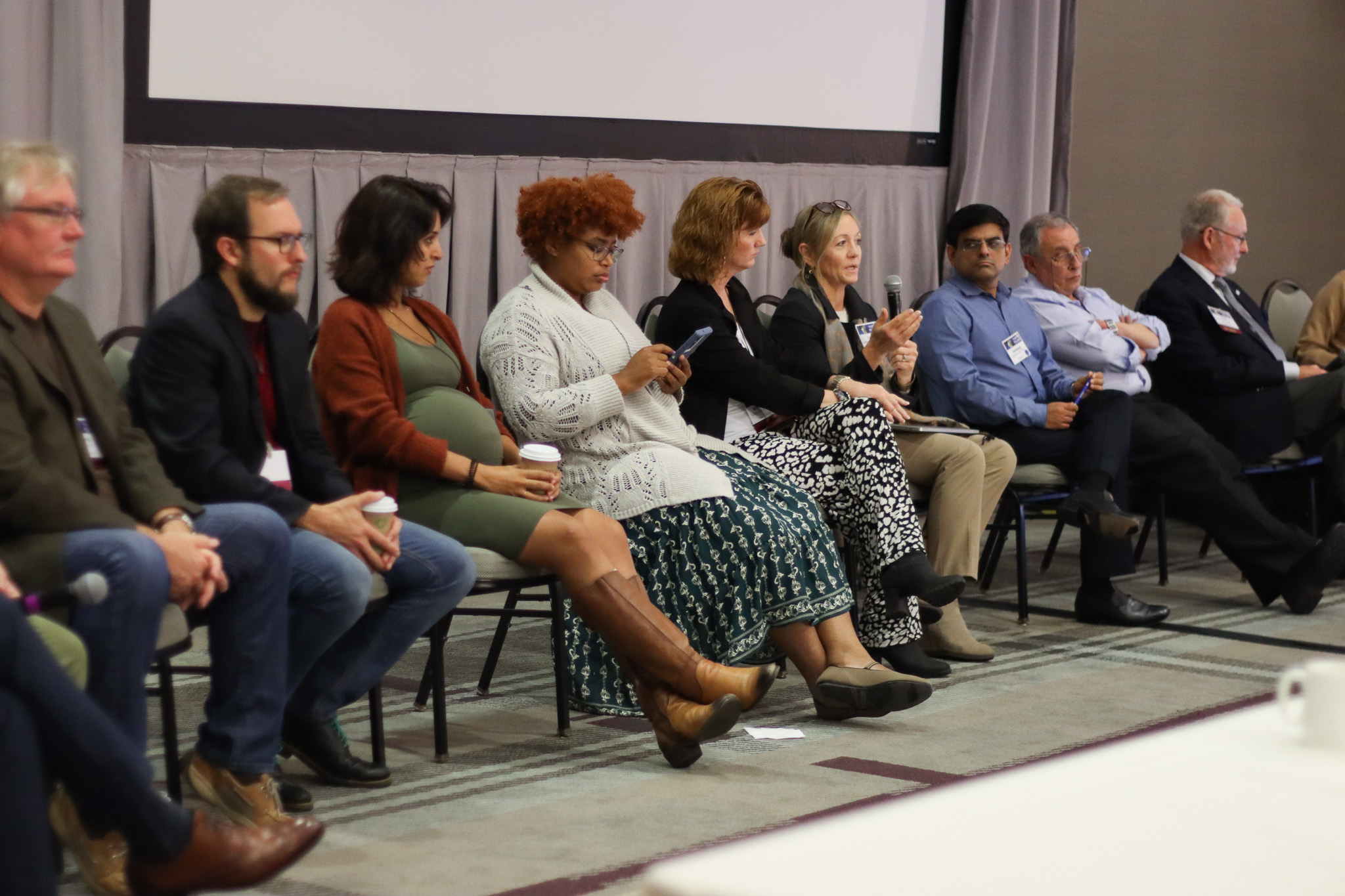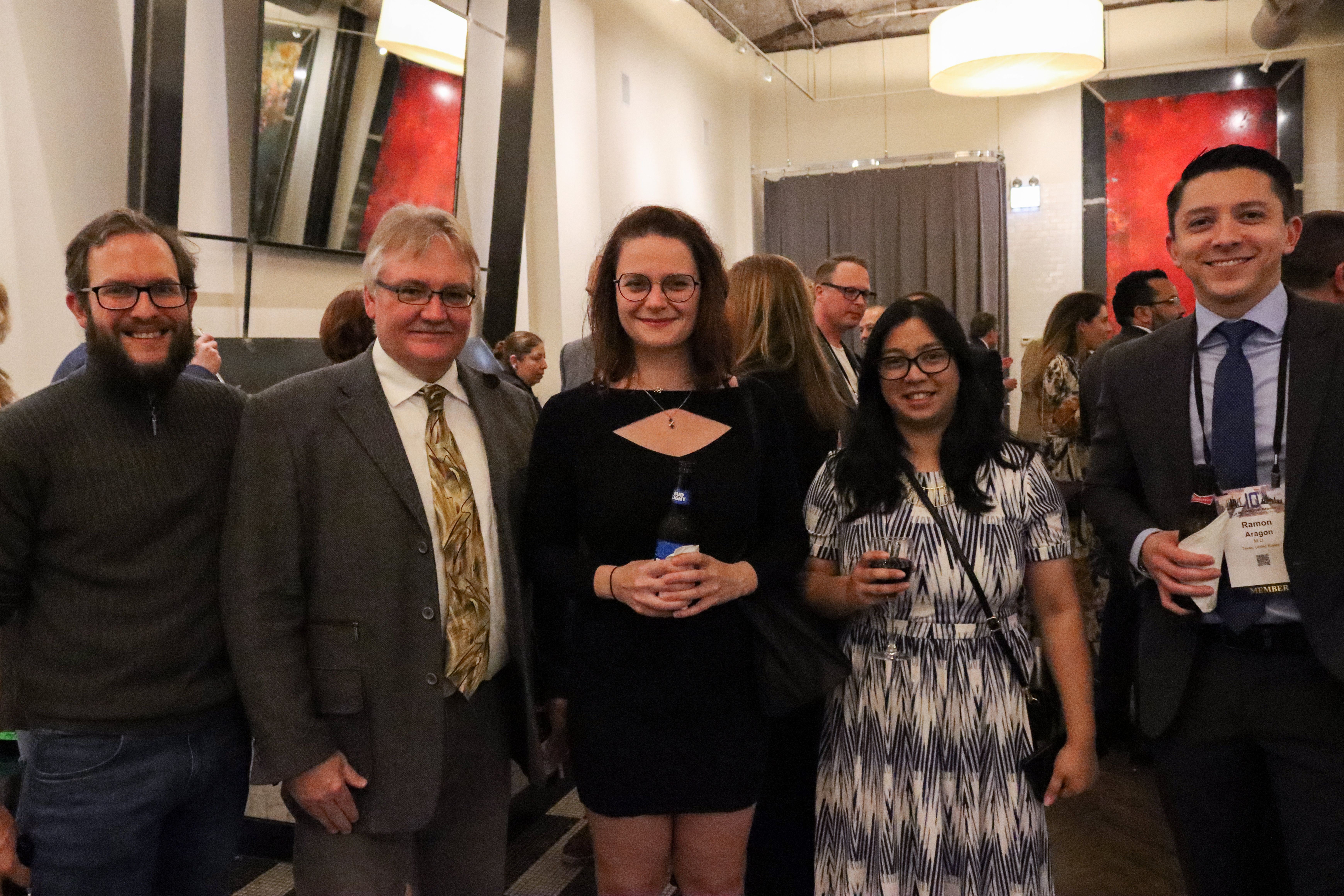Tue, 04/25/2023 - 16:26




Dr. Nick Mischel is a Clinical TMS Society member and serves on several committees and task forces within the Society. He works as an assistant professor at his alma mater, Wayne State University in Detroit. He’s spent most of his life in the suburbs outside of Detroit and completed both his undergraduate and medical degrees at Wayne State. “I did one part of my training outside of Michigan. I was at Duke in North Carolina for my psychiatric residency, but otherwise all my roots are well set here in the Detroit area,” Dr. Mischel says.
“The first time I heard about TMS was in medical school here at Wayne State, when I was finishing a research project,” Dr. Mischel says. He was conducting research on brain stem function when he read about research and clinical trials with TMS. “Then, during psychiatric residency, I was fortunate enough to be at [Duke], where they had a large brain stimulation program including ECT and TMS,” he explains. “I tell people that residency was kind of like a sandbox—there were so many opportunities, and one of the things I was able to get involved with…was the brain stimulation clinic.”
The newly appointed professor joined the TMS Society shortly after finishing his residency in 2019. The TMS program at Wayne State was in its fledgling stages at that time. “They weren’t doing any clinical TMS…and there was really just one research investigator…Dr. Greenwald,” Dr. Mischel explains. “[He] was one of the first people here to really look at TMS as a research tool.” This is when Dr. Mischel began looking for professional societies to join. “The TMS Society was very helpful for me because I didn’t have a lot of resources here at the university…and I have received a lot of really great support and mentorship.”
When it came time to renew his membership, Dr. Mischel decided to get more involved and applied to join committees. “It wasn’t until I got involved in the committees that I felt like I really got plugged in…to the networking and personal aspects of the society,” he says. He joined the Outreach committee and the Education committee. During his time on these committees, he’s written articles for the CTMSS Newsletter and is helping to organize the next Grand Rounds series. Dr. Mischel says he feels lucky to be involved, especially when he had the opportunity to lecture at PULSES last year. He remains on the PULSES subcommittee and enjoys being involved in society activities.
“I tell my students, it’s honestly not that hard,” he says with a smile. “80%...is just showing up to the Zoom meeting and saying ‘hey, I’m here’. And if I can do anything that I might have expertise in, then I’ll [offer],” he shares. “I have no plans to stop being involved because it keeps me on my toes. [I have] to know what the new data is and know everything is up to date in terms of my clinical knowledge. The faculty and people I meet are the best part of going to PULSES courses,” Dr. Mischel adds. He enjoys meeting people from around the country and the world with similar clinical interests and different cultural backgrounds.
At Wayne State, Dr. Mischel does a combination of clinical work, teaching, and research. “We treat patients with treatment resistant depression with TMS and esketamine infusions. I try to be involved as much as I can on the research side also, with clinical trials that might involve brain stimulation or psychiatric patients,” Dr. Mischel says. “Wayne State [is] the largest single campus medical school in the U.S…we have over 1,000 students total coming through [the clinic] and I can keep busy. That’s the most fun part of my job – having different years of medical students come through the clinic and [teaching] different levels.”
In addition, Dr. Mischel stays busy working as an independent contractor in community TMS clinics and conducting collaborative research. He explains that while individual clinics and labs might not have the TMS patient capacity for a research study, many clinics and labs around the world may be using similar treatment and research protocols. “Now, with…all this technology we can connect to each other instantaneously and can connect some of the clinical work or research that we’re doing. I think we can gain a lot more insight from the data we’re gathering by leveraging this connectivity and increasing the number of patients or research participants and analyzing the results,” Dr. Mischel explains.
“Some of the research I’m doing is collecting data and analyzing physiologic biomarkers like sympathetic nervous system signals related to heartrate…and see what kind of patterns are present…in patients that have psychiatric disorders or neurologic conditions,” he says. “And with TMS…you can use those treatment models and patients as a real-world observational model to see how those patterns of nerve activity might change with treatment.” He believes staying connected to the Clinical TMS Society has helped with this collaborative approach.
After spending time as a general member and working on different committees, Dr. Mischel has some advice for new Society members. “Meet as many people as you can! Everybody that I’ve met is very approachable and welcoming within the Society,” he says. “Don’t shy away from going to a committee meeting or volunteering to do something, even if you think it’s a little outside of your comfort zone or outside of your expertise. I can say as a young faculty member—I’ve been doing this for not even four years now—sometimes it’s hard to speak up and say ‘hey, I can try doing that task or giving that lecture’…Just saying you’ll do it and showing up and giving it a shot is 80% of it,” Dr. Mischel explains. “80% is a B,” he says with a smile, “and that’s a pretty good grade! It’s not that hard to put some work into it and do a good job.”